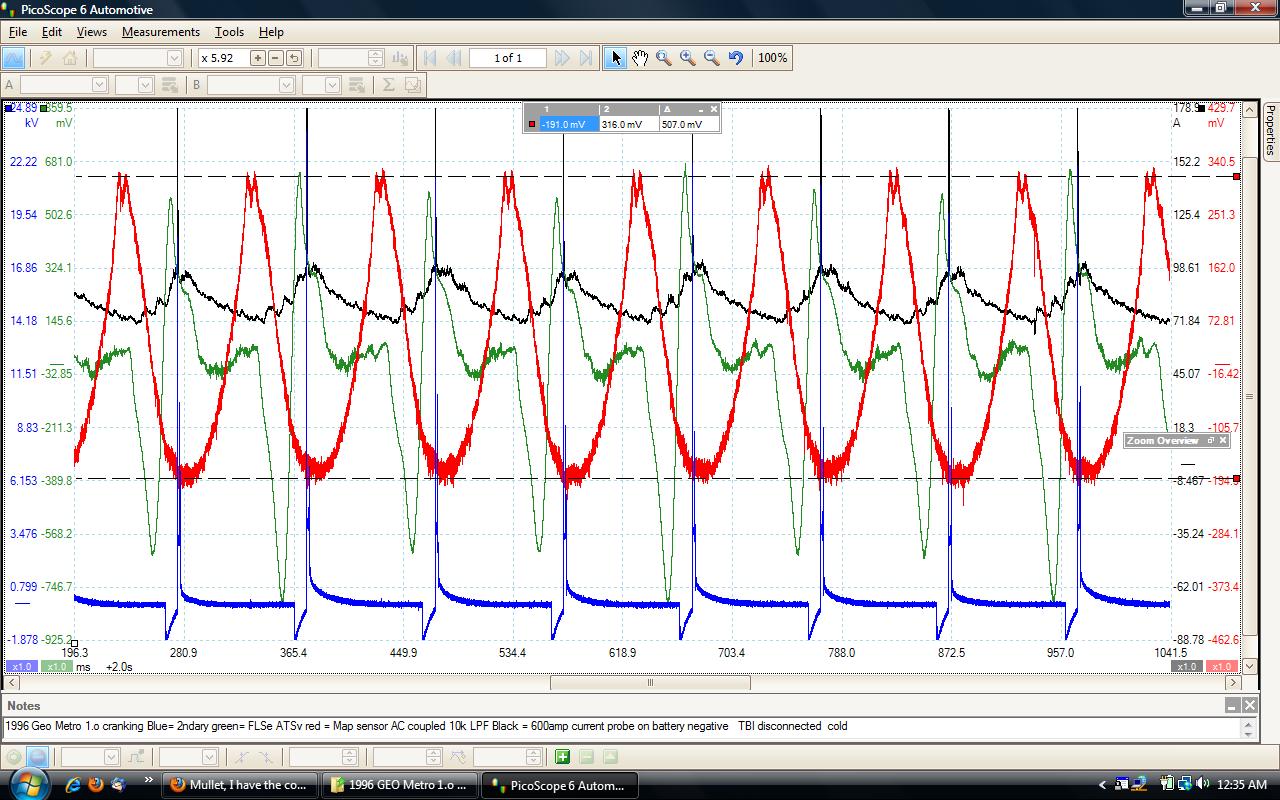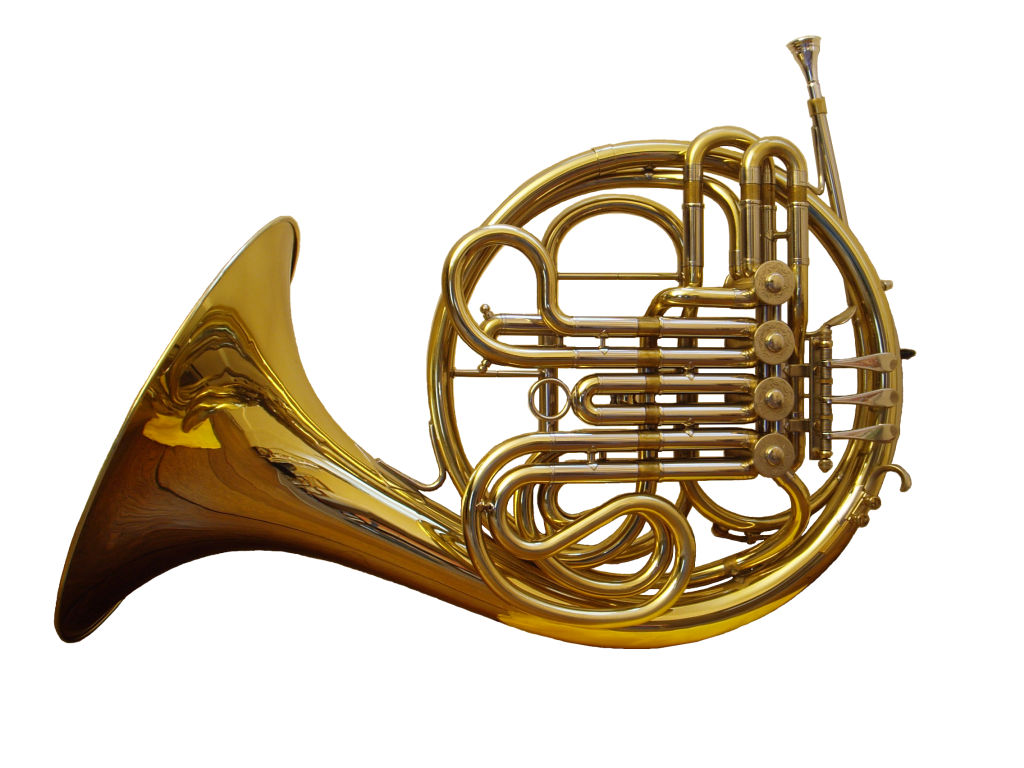Quote:
Originally Posted by mwebb

so
first off
i see some of the systems in images here in this thread are tightly woven
messes
flow in them is going to be UN consistent at best
and that is exactly what is NOT wanted

dynos are useless for measuring flow
imho
this simple waveform capture shows exhaust pressure per cylinder (green) with intake pressure (red) with secondary spark which roughly shows about 10 degrees before TDC of each cylinder
note
how UN even and erratic the green exhaust pressure / flow is
on a stock G10 Geo Metro with the engine not running , just operating the starter , that is because of the way the exhaust manifold is configured . |
I'm not sure exactly what you're getting at here? Obviously when you're just cranking the engine over, *nothing* is going to be operating within optimal design spec (except the starter motor and the ECU's startup mode routines). Nobody designs systems on a 1L 3 cylinder car engine to operate at their peak efficiency at 390rpm, that would just be nuts. Also, this is pretty much what the pressure in the exhaust port of a 4-stroke engine is *always* going to look like when you're cranking it over, regardless of whether it's got a manifold, a header, or the exhaust port is just open to the air (in which case the negative pressure spike when the valve closes will be a little smaller, but that's about it) - unless you have pipes 20 meters long, you won't get any resonance on that time scale, just the effects of the exhaust port opening and letting the air out...
As for bends and twists - sure, the onset of turbulence happens faster in a curved pipe than a straight one, but hot, recently burning gasses exploding out past a valve assembly are going to be turbulent from the get-go, and there ain't a thing you can do about that. For turbulent flow in a very light gas like air though, relatively gentle bends don't have a catastrophic effect on flow as you seem to be saying, obviously you want to avoid unnecessary bends (and unnecessarily tight bends in particular - if the flow detaches from the inner wall you're in real trouble) but the effects of a beneficial resonance will be dominant unless you've literally tied everything in a pretzel a couple of times over - a good header will be giving you a negative pressure pulse just before valve closing, below even atmospheric pressure.
And bendy bits don't stop you from getting a nice strong resonance happening, or this object would not exist

